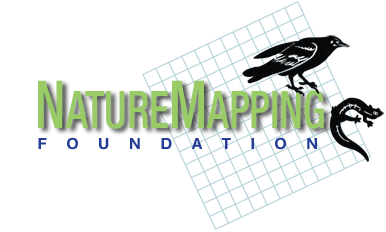
NatureMapping Program - History
The Cooperative Fish & Wildlife Research Unit at the University of Washington and the Washington State Department of Fish & Wildlife co-founded the NatureMapping Program in 1992 as the public outreach component for the U.S. Geological Survey's Gap Analysis Program (GAP). Its goals were to facilitate the exchange of information on biodiversity among natural resource agencies, academia, land-use planners, local communities and schools through public education and participation in data collection and analysis.
The NatureMapping Program officially began as a national program in 1998 when citizens and representatives from several states, and other countries, convened their first annual meeting to share information and agree on established protocols and procedures. At that first meeting, three states (Washington, Virginia, and Iowa) established state structures for implementing the Program. These states have been instrumental in the continuing development of training workshops and methodologies for supporting local NatureMapping projects around the country.
In recent years, the Washington NatureMapping Program has taken citizen science networks to the next level by working with established learning centers such as zoos and nature centers throughout the state. Once trained and certified by NatureMapping scientists, the staff of these local organizations provide ongoing support to the public. By integrating NatureMapping into the programmatic offerings of a local zoo or nature center, communities retain the scientific knowledge and tools to answer local questions about land use and development while contributing to the national database. The "center" idea has proven to be so effective that it will become the expansion model used by other states.